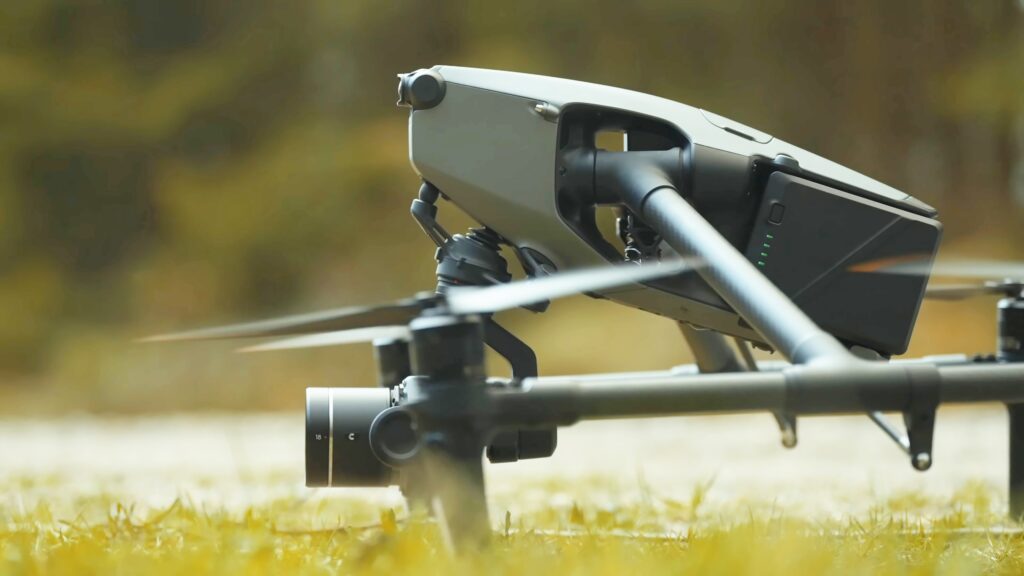European leaders are advancing plans to establish a “drone wall” along the EU’s eastern frontier, a project driven by concerns over Russian drone activity. The initiative, backed by the Baltic states and supported by Poland, Finland, Estonia, Latvia, and Lithuania, aims to strengthen EU and NATO air defence capabilities.
At the core of the project is Eirshield, a multilayered anti-drone system developed by Estonian company DefSecIntel and Latvian firm Origin Robotics. Eirshield combines radars, cameras, radio-frequency detectors, and AI to automatically detect, track, and neutralise hostile drones. Interception methods include signal jamming, direct engagement by counter-drones, or gun systems. The platform is designed to counter fast-moving drones carrying warheads at speeds up to 200 km/h, and parts of it are portable for flexible deployment. Compared with traditional air defences costing millions per strike, Eirshield offers a lower cost-per-use in the tens of thousands of euros.
While the system has already been deployed in Ukraine, adaptations are needed for NATO standards and peacetime operations in the Baltics, such as non-lethal interception methods like nets or small drones. Final tactics and detection-interception combinations will be determined by national militaries, and the drone wall is intended to complement rather than replace conventional air defence systems.
Funding remains a challenge: a €12 million EU proposal from Estonia and Lithuania was rejected in August, although national governments have committed significant budgets. Estonia has allocated €12 million over three years, Latvia awarded €10 million in research contracts, and Lithuania dedicated €3 million from previous EU funds to anti-drone equipment. With technology ready but broader integration still pending, the drone wall represents a strategic, though evolving, response to emerging aerial threats along Europe’s eastern border.


